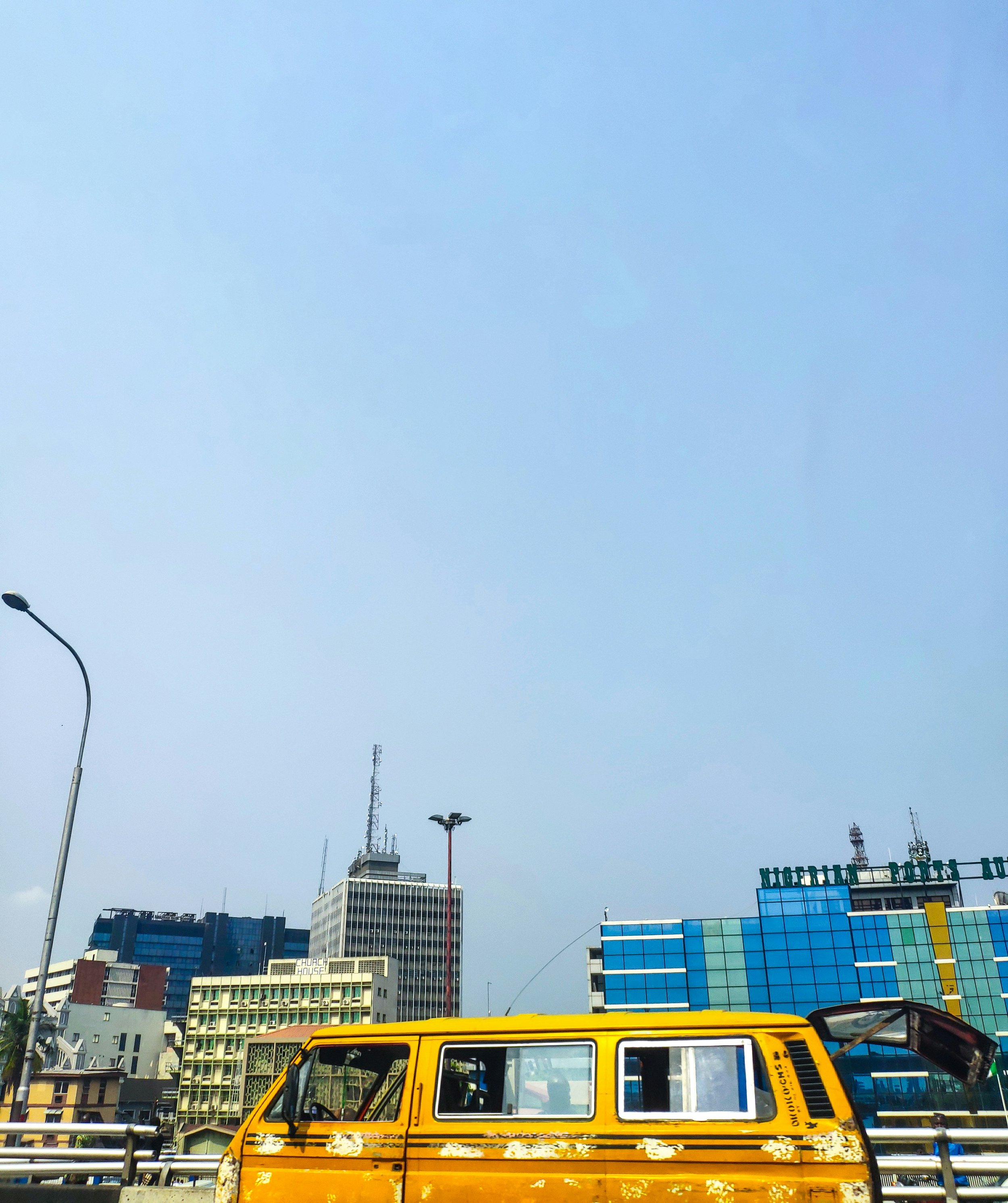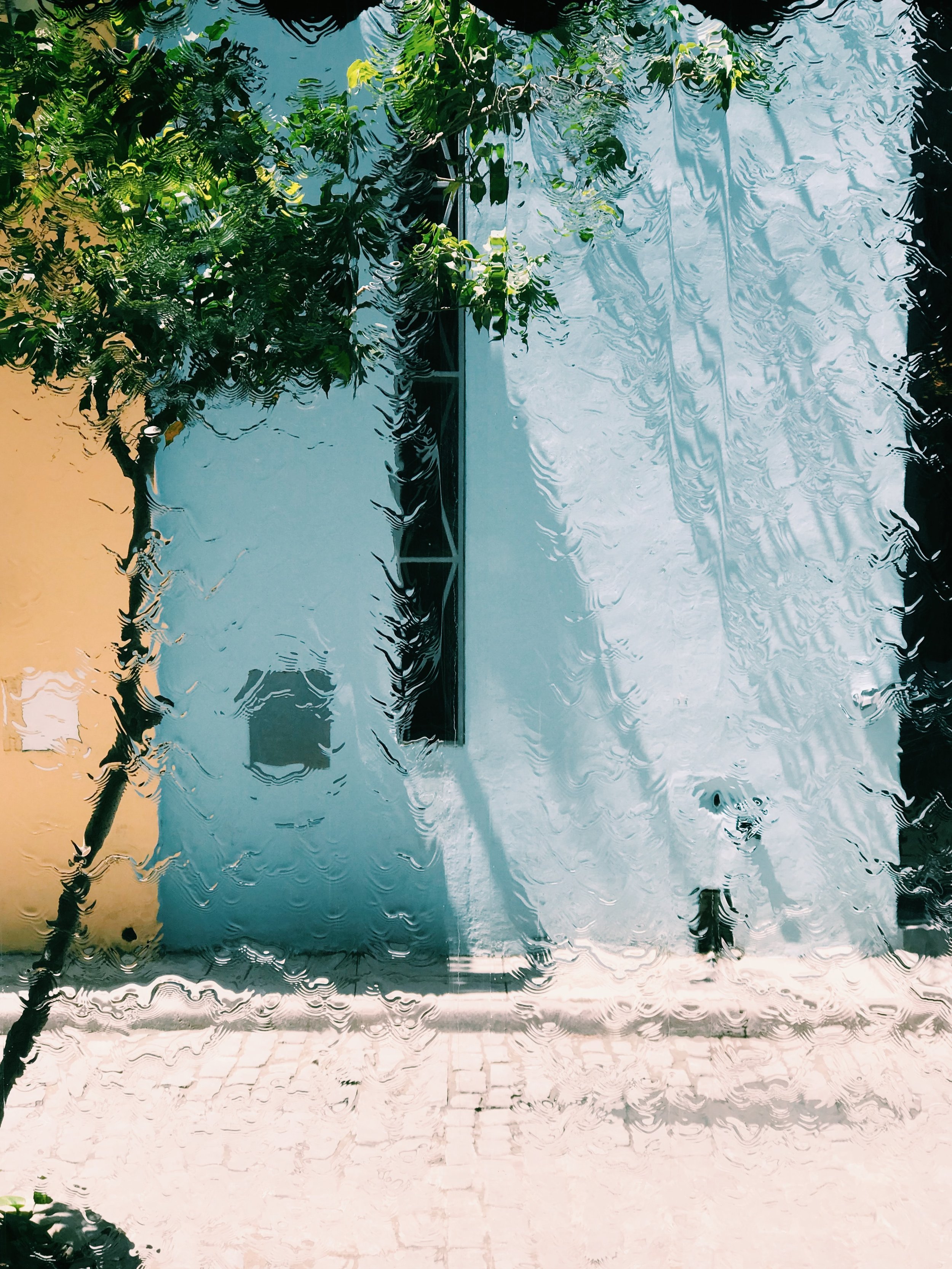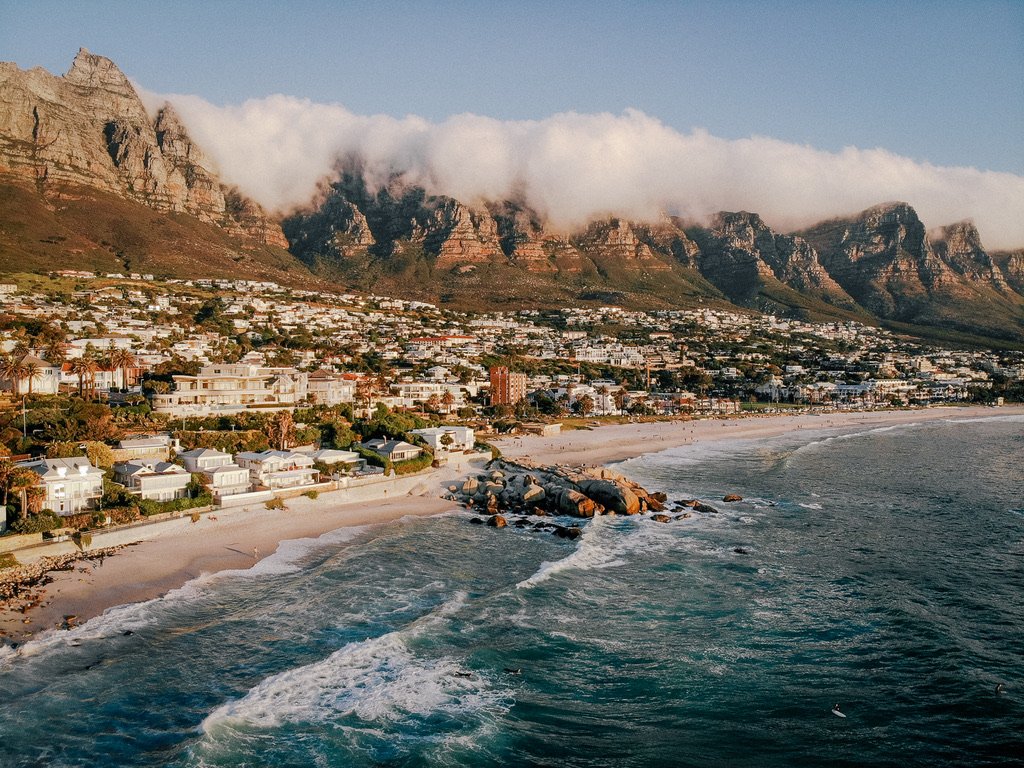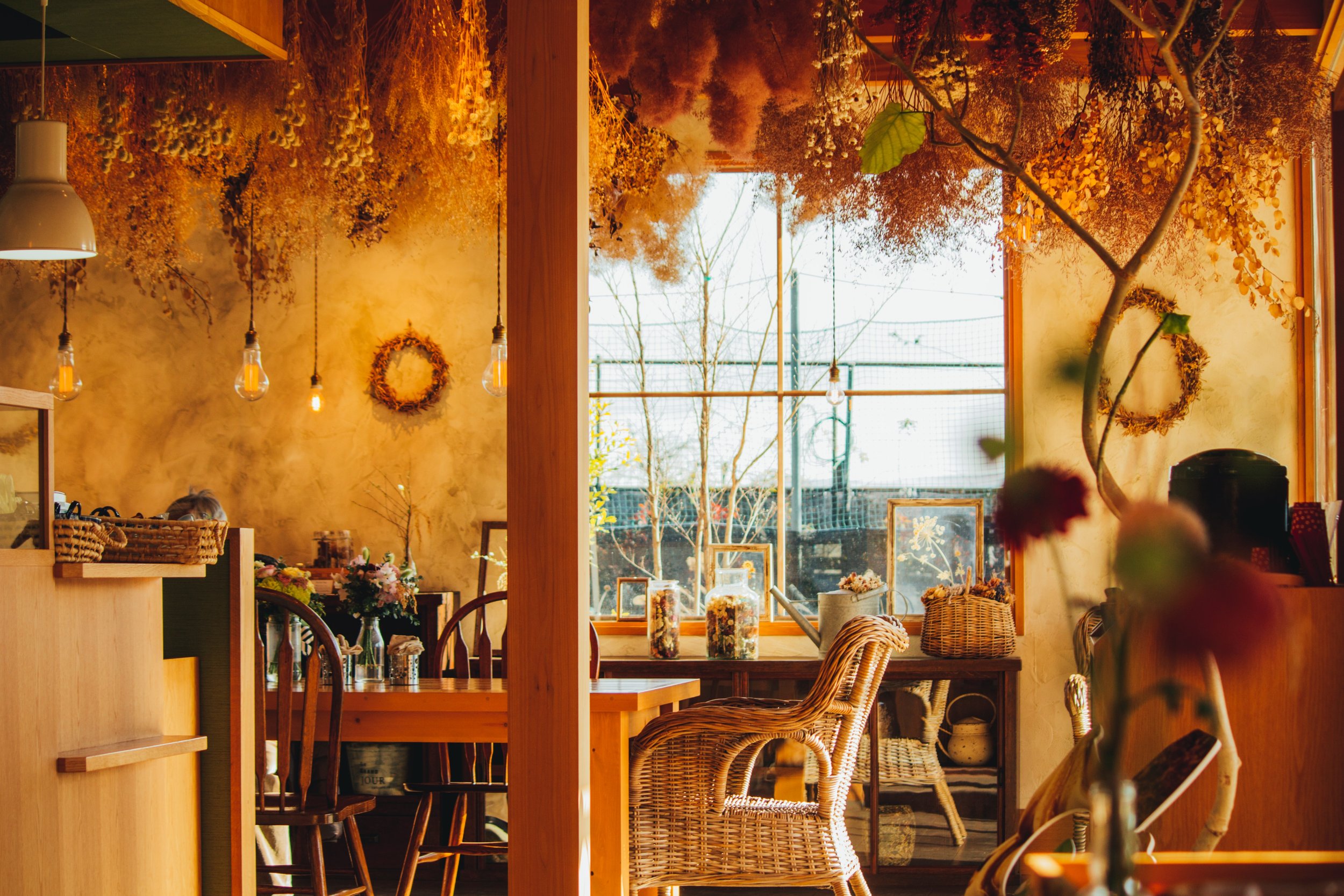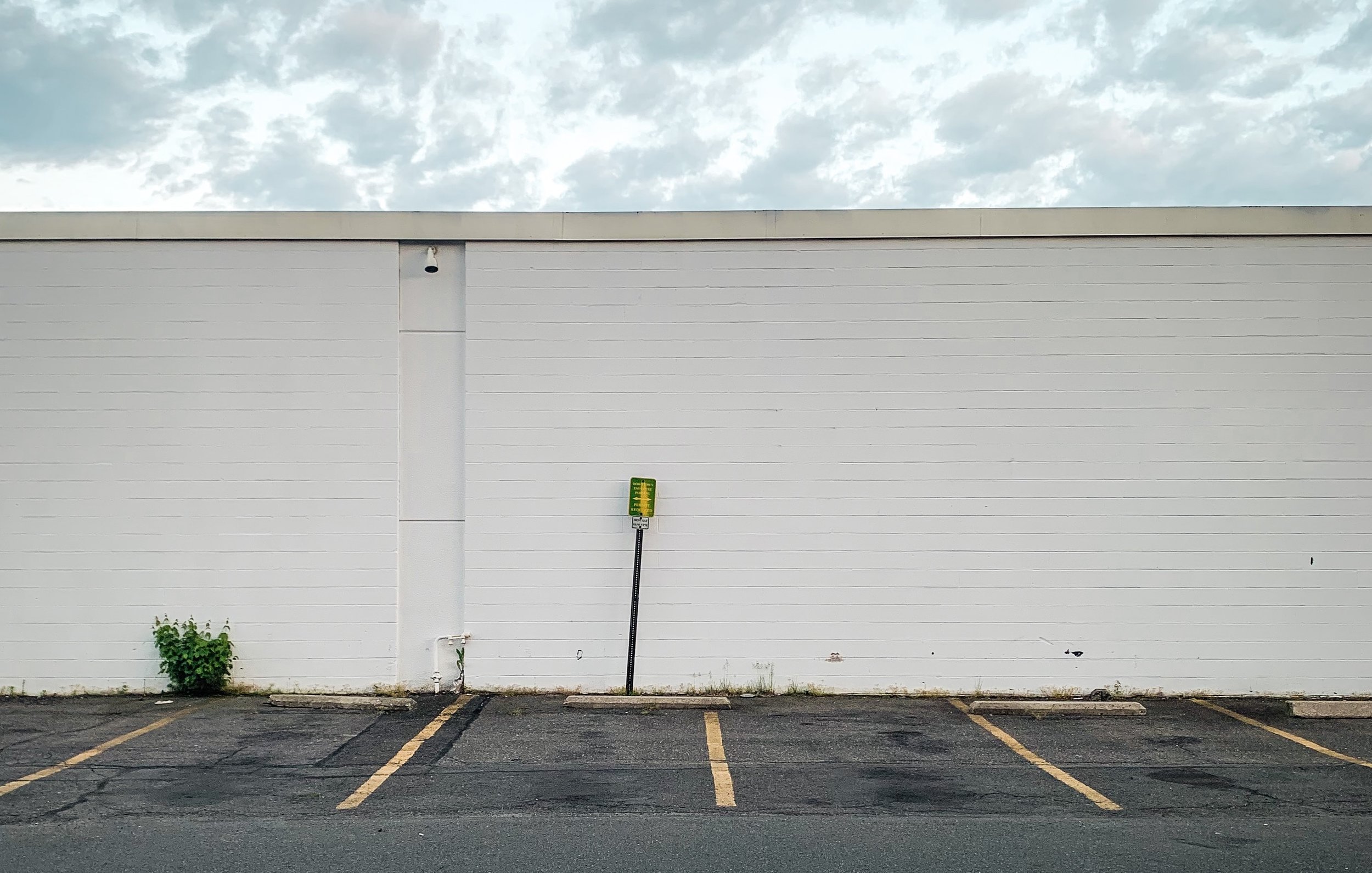The Fog of Brigadoon
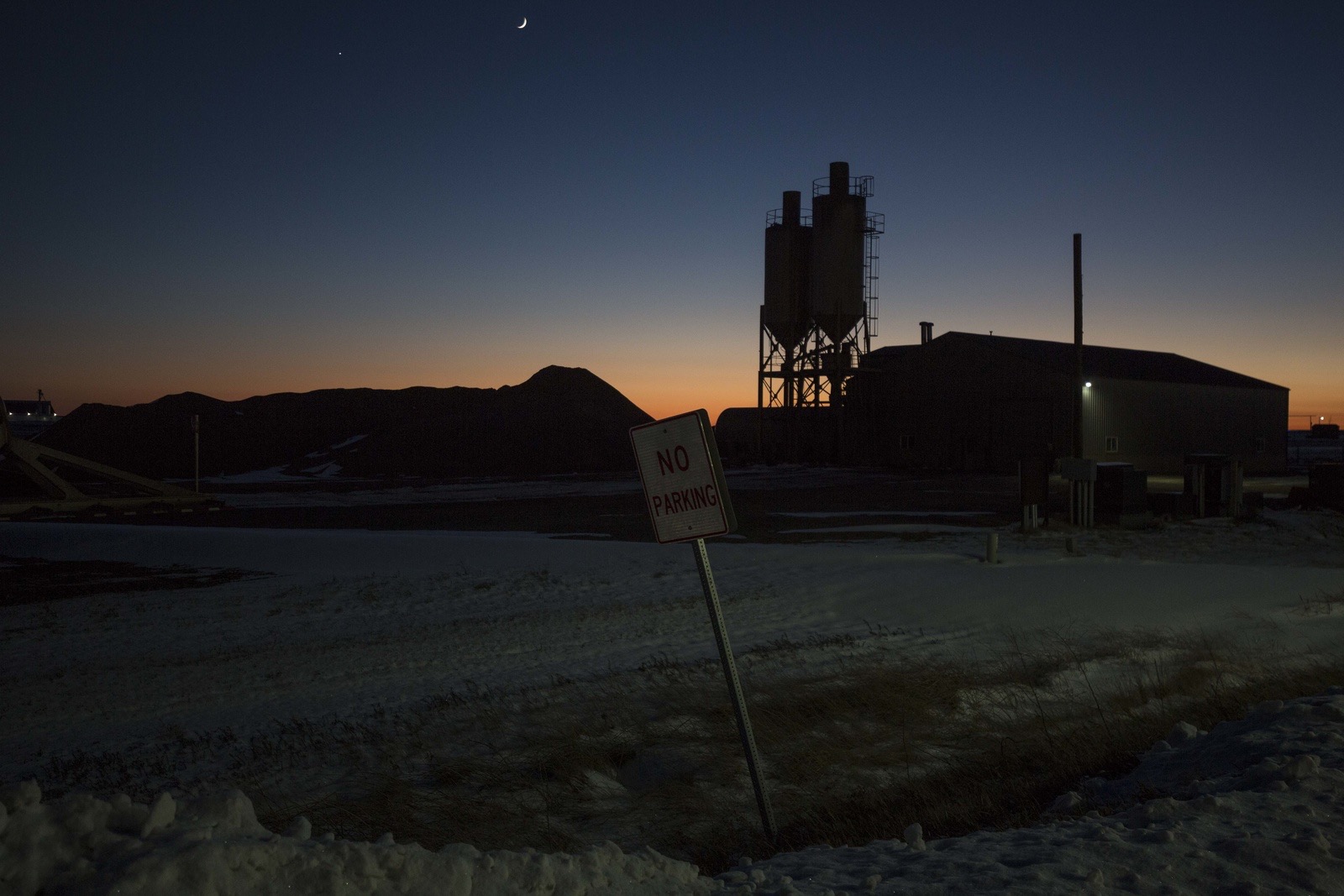
Last December, a young Indigenous writer traveled to Standing Rock to document the protests against the Dakota Access Pipeline. As he reflects upon his journey, he finds his reasons for going were not what he expected.
Cars that spun off the icy road lay scattered along both sides of highway ND-1806, sunken into snow drifts. Visibility goes fast in North Dakota’s blizzards. Thousands braved this journey to protest the Dakota Access Pipeline, indigenous and environmental activists alike.
The Sioux-led #NoDAPL movement was the largest native action since the American Indian Movement’s 71-day occupation of Wounded Knee in 1973 that called attention to mistreatment of Indians by government agencies. It brought together hundreds of Native American tribes—to protect their sacred river from a transnational oil pipeline.
Many natives saw this as a continuation of settler colonialism. The protest at Standing Rock was a chance to retake their narratives and voices. I had never seen it happen before and I wouldn’t have missed it for the world.
The Army Corps of Engineers, a US government body many tribal nations are painfully familiar with, received the EPA’s blessing to allow pipeline construction. My family and I are included in this sort of collective humiliation—having had our homelands taken, misused or destroyed. Since learning my own family history, I’ve wanted to let similar stories rise to the mainstream’s surface.
Water Protectors and veterans from Oceti Sakowin protest camp gather along highway 1806 on December 5, 2016 during an “unsanctioned” protest action, spurred by veterans who arrived the day before.
I arrived in Oceti Sakowin camp in North Dakota in December, a day before thousands of veterans joined the icy camps at Standing Rock.
My trunk was filled with warm-donations from concerned natives back home. I rolled in alone, eager to document the resistance.
Hundreds of tribal nation banners made up “Flag Road,” a muddy stretch down the center of Oceti Sakowin. Flags like the deep blue crest of the Northern Ute Tribe, the four sacred mountains displayed by the Navajo Nation, and the circular crest of The Bad River Band of Lake Superior Chippewas all swayed together.
I parked and began to explore the camp when I spotted Charlie Perry, a young Potawatomi journalist I met in New York City.
He quickly became my guide and pointed to media hill where he got his press pass.
“I was standing in line to get a pass when someone said, ‘Are there any native journalists?’ So I got to skip the line,” he laughed.
“Really?” I said. I must admit I liked the thought of it.
“All these prestigious journalists and I showed them my tribal ID and got my pass first.” Journalists from familiar national outlets wandered camp, some staking out in vans along the highway.
“In line there was this white journalist screaming at the media team because they wouldn’t give her a pass without credentials,” he continued. “You won’t get anywhere here demanding things from natives.”
“With such a tenuous relationship to our stories, how can the media demand our trust? How can they demand to tell our stories?”
I agreed.
The protest went largely unnoticed until Amy Goodman, the host of Democracy Now!, reported on a dog attacking a protester that September. Even then, a lot of the following reporting adhered to old Wild West tropes, framing Indian elders as mystics.
Many outlets like the New York Times had framed much of the struggle within the Sioux’s “prophecy of the black snake,” a myth that foretold a destructive force that took form like a pipeline. While it may be interesting in itself, it distracts from larger systemic issues like land and cultural rights within native-government frameworks.
Another Times story profiled two distraught and seemingly battle-weary elders who “wanted, just once, to win” against the government.
Each tribe’s history is rarely taught outside their own community. And journalists have gained a reputation for parachuting into Indian communities, exploiting their stories of alcoholism, diabetes, death and suffering, then airlifting out. With such a tenuous relationship to our stories, how can the media demand our trust? How can they demand to tell our stories?
I draw a lot of wisdom from Alma Guillermoprieto’s piece “The Murderers of Mexico” (New York Review of Books) on the decades-long drug war that spans the continent. She says reporters are stuck reporting the “surface narrative,” leaving readers without any great perspective. There are grander, complex histories that inform each new killing, betrayal, alliance, family ties, and drug deal in Mexico.
When natives are stuck in an event-driven news cycle, it’s easy for readers to get lost in a oversimplified and nationalistic context: America screwed over the natives and they are disappearing—a seemingly universal quality of all tribes.
The myth of the native—the savage and prophet—excites the nostalgia of frontier days. It’s a myth journalism preserves whole heartedly. It’s a myth that has real world consequences. People have put their lives on the line to stop it.
Water Protectors and veterans gather on a hill along highway 1806 on December 5, 2016 during blizzard that left hundreds if not thousands stranded in the nearby tribal casino resort.
A glacial blizzard materialized the next day. My Choctaw and Seminole friend Tracy Rector, cameraman Steve Hyde and I filmed a Navajo pirate radio broadcaster in her trailer. Her yellow shades and trapper-style winter hat shadowed her identity.
One thing you’ll learn from reporting on natives is that they respond to humor and teasing. The broadcaster made large plastic shields for protesting the “frontlines” from ad signage, one from a New Mexican burger joint we both love. We joked about starting a franchise in the camp.
Naturally, I took a selfie in front of it.
I pose in front of a Navajo pirate radio station before the veteran protest, smiling with glee because of the “Blake’s Lotaburger” sign from Albuquerque, New Mexico.
Her transmitter sat next to a portrait of Malcolm X. Between announcing any camp news, listeners tuning in to 96.90 FM could listen to the protest songs of Bob Marley.
The storm pounded on the door and the veterans took to the highway to march.
I could barely see. Ice caked my lens as I composed each photo. It was time to take shelter.
The road was frozen and the wind threatened to send us tumbling into the ditch where many cars had fallen. Our caravan protected us.
Taking refuge in the tribal casino, we interviewed movement activists among the thousands stranded with no gas, no rooms and dwindling food.
Among those sleeping in the casino hallways was famed Oglala Lakota olympian Billy Mills who took gold for the 10,000 meter run in 1964. He saw Standing Rock as a moment for natives to begin a discussion of indigenous rights and roll back age old dogma like Manifest Destiny and the Doctrine of Discovery.
Oren Lyons, a Haudenosaunee (Six Nations Iroquois Confederacy) elder and indigenous rights activist, sat in our hotel room and, in a gentle voice, criticized the militarized response the police imposed on the protesters.
If anything, this seemed like a moment for natives to finally air these stories for all the world to hear.
Looking back on my reporting trip, I know I went to Standing Rock for selfish reasons, not just because I felt a journalistic urge to report the truth.
Two Water Protectors carry signs along highway 1806 on December 5, 2016, not far from Backwater Bridge where law enforcement and National Guard have blockaded.
Standing Rock isn’t far from Fort Berthold Indian Reservation, where my grandmother grew up. She would tell me stories of playing with her brothers and sisters in her father’s farm, listening to her mother hum to “The Old Lamp Lighter” on the radio, and hypnotizing her chickens.
As a child, my grandmother was forced from her prairie home in Elbowoods, North Dakota. The Garrison Dam, a project by the Army Corps of Engineers, submerged one-third of her reservation. She remembered the adults being upset. She didn’t quite understand—to her it was adventure.
After her family resettled above the flood zone, she recalled watching a movie in the local movie house. It was a 1954 flick about the mythical city Brigadoon in Scotland that appears once a century through a shroud a fog.
“As kids we thought maybe one day Elbowoods would come back like Brigadoon and if we waited one hundred years, we could see it one more time,” said my grandmother.
These stories about the destruction of my homelands led me towards my path as a journalist. As a Diné, Mandan, Hidatsa and Tsimshian writer and photographer from New Mexico, it’s been my mission to investigate and photograph indigenous issues.
Standing Rock was an incredible sight of native activism. While frontier tropes inundated the media, there was an amazing amount of culturally appropriate reporting from non-native and native outlets alike. Natives never disappeared, so let’s keep them in the news without waiting for another Standing Rock—another Garrison Dam flood.
“I really wish you could have seen Elbowoods, Kalen,” my grandmother told me. “That’s one thing I really wanted your mom, Laurie, and your aunt, Karen, to do—play on the farm and in the barn.”
ABOUT THE AUTHOR
Kalen Goodluck is a journalist, filmmaker and photographer based in New York and New Mexico. Currently, he is interning at NBC's investigative unit while co-directing a documentary with his brother, Forrest Goodluck, titled Blood Oil. Goodluck is completing a journalism degree at CUNY Graduate School of Journalism and is a member of NativesPhotograph.
All images by Kalen Goodluck.







